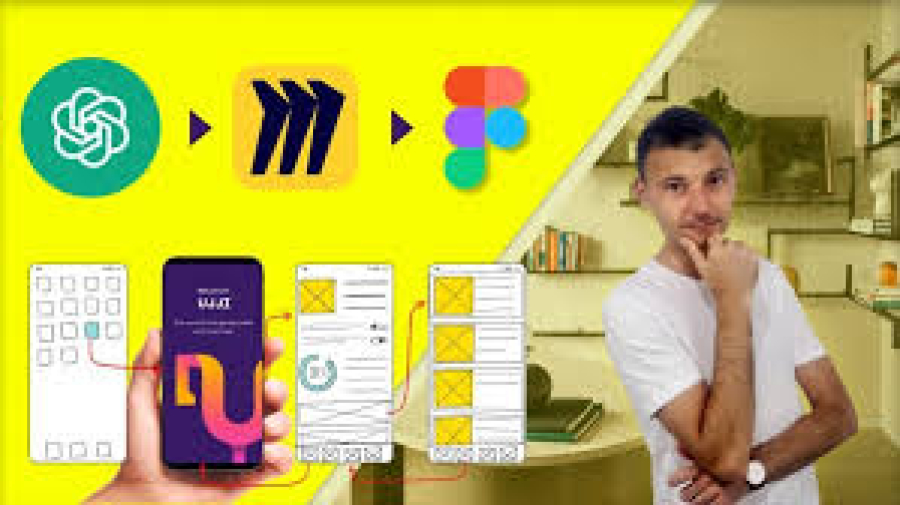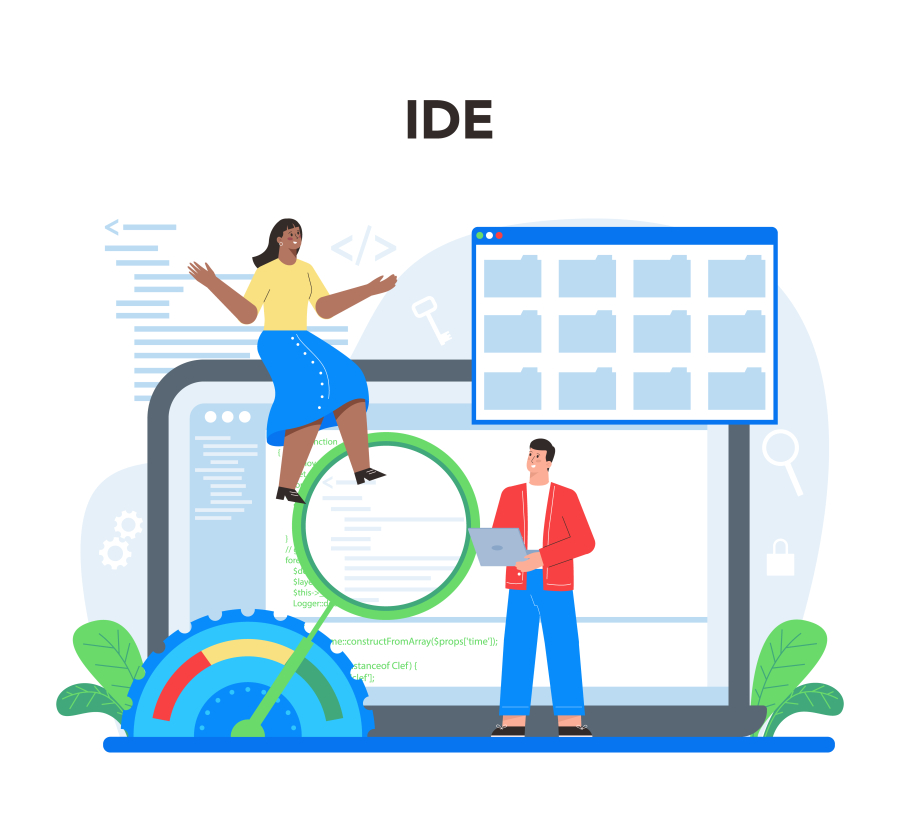How to Price Animation Projects for Freelance Clients
Pricing freelance animation projects is both an art and a science. As a freelance animator, one of the biggest challenges is determining a fair yet competitive rate that reflects the value of your work, your time, your creative process, and your client’s needs. Charging too low may devalue your work and cause burnout, while charging too high without justification can drive clients away.
This detailed guide explains how to price animation projects strategically, with clarity, professionalism, and long-term success in mind. Whether you specialize in 2D explainer videos, character animation, motion graphics, or logo animation, this pricing framework can help you confidently quote your next project.
Long Description
Why Animation Pricing Is Unique in Freelancing
Animation projects are time-intensive, highly creative, and often require multiple rounds of review and revisions. Unlike static design or one-time deliverables, animation includes several stages like:
Scripting
Storyboarding
Voiceover (optional)
Illustration and design
Animation and compositing
Revisions and rendering
Each phase demands different levels of effort and time, which must be factored into your pricing. Therefore, it's essential to build a transparent pricing structure that accounts for the complexity and deliverables of each animation project.
1. Understand the Scope of the Project
Before quoting any price, understand:
The length of the animation (e.g., 30 seconds, 1 minute, 3 minutes)
The type of animation (2D, 3D, whiteboard, character-based, motion graphics, etc.)
Whether scriptwriting, voiceover, or music will be provided by the client or handled by you
Style expectations (flat design, cartoon, realistic, etc.)
Deadline flexibility
Ask detailed questions and request references if possible. The clearer you are about scope, the easier it is to estimate costs accurately.
2. Define a Pricing Model: Hourly, Per Project, or Per Minute
There are three common pricing models in freelance animation:
a) Hourly Rate
You charge based on the number of hours worked. Good for open-ended tasks or when you're hired as a team member.
Pros: Easy to track
Cons: Hard for clients to predict cost
b) Per Project
You quote a flat fee for the entire animation based on scope. Best for one-time projects with clear deliverables.
Pros: Simple for client to understand
Cons: Risk if the project goes over time
c) Per Minute
You quote a price per minute of finished animation. Works well for explainer or character-based videos.
Example: $1,500 per minute for 2D explainer animation
Choose the model that best suits the project, your workflow, and the client’s expectations.
3. Break Down the Animation Workflow
To estimate pricing accurately, divide your project into production phases:
Scriptwriting (if you're responsible)
Storyboarding and Concept Design
Voiceover Recording
Illustration and Asset Creation
Animation and Motion Design
Sound Effects and Music
Revisions
Final Export and Delivery
Assign an estimated time and cost to each phase. This breakdown also helps clients understand the value behind your price.
4. Set Base Prices for Common Animation Types
Having a pricing sheet or base rates for common services is helpful for consistency.
Example base rates:
Service Price Range (USD)
2D Explainer Video (60 sec) $800 – $2,500
Logo Animation $200 – $600
Whiteboard Animation (60 sec) $500 – $1,200
Character Animation (60 sec) $1,500 – $4,000+
YouTube Intro/Outro Animation $100 – $400
These rates vary by region, experience, and client industry. Customize according to your niche and market demand.
5. Consider Experience, Portfolio, and Niche
Your rates should grow with your:
Years of experience
Client testimonials
Portfolio quality
Specialization (e.g., medical, fintech, e-learning)
A beginner might charge $600 for a 1-minute explainer video, while an expert with a unique animation style might charge $3,000 or more for the same duration.
6. Don’t Forget Revisions and Project Management
Revisions can eat up time quickly. Always clarify:
How many revision rounds are included
What types of revisions are considered minor or major
Additional charges for revisions beyond the agreed scope
Also, factor in the time spent on:
Client communication
Script approvals
Storyboard reviews
Export and file handling
These behind-the-scenes efforts should be reflected in your project price.
7. Add Licensing, Usage, and Commercial Rights
If your animation will be used for:
TV commercials
National campaigns
Major ad platforms (Google Ads, Meta Ads)
SaaS platforms with high visibility
Then commercial licensing and usage rights should be added on top of base production costs.
You can price this as:
A percentage of the project (e.g., 25% for commercial use)
A flat licensing fee
A time-based usage fee (e.g., 1 year, 3 years, perpetual)
Make sure your contract or invoice clearly mentions usage rights and ownership terms.
8. Set Minimum Project Rates
Set a minimum threshold to ensure profitability. This protects you from underpricing small tasks like logo animations or Instagram loops.
Example:
Minimum charge: $300 regardless of project size
It ensures that even small projects cover communication time, software usage, rendering, and delivery.
9. Offer Tiered Packages
Clients often appreciate multiple pricing options. Offer basic, standard, and premium packages that differ in:
Animation duration
Number of characters
Inclusion of voiceover/music
Number of revisions
Example Packages:
Basic: $600 – 30-second video, no voiceover, 1 revision
Standard: $1,200 – 60-second video, voiceover included, 2 revisions
Premium: $2,000 – 90-second video, custom illustration, 3+ revisions
Tiered pricing helps upsell and meet various client budgets.
10. Use a Proposal or Quote Template
Professional quotes build trust. Use a branded quote document with:
Project scope
Timeline
Deliverables
Payment terms
Revision policy
Licensing information
Platforms like Bonsai, Hello Bonsai, or even Google Docs can help you maintain a clear pricing system and professional appearance.
Conclusion
Pricing animation projects as a freelancer doesn't need to be a guessing game. By understanding your project scope, production process, experience level, and client goals, you can create a fair, scalable pricing structure that supports both creative freedom and financial success.
As a freelance animator, your pricing should reflect not only your time but also your skill, storytelling ability, and production quality. Clear communication, well-defined deliverables, and a structured quote will set expectations and help you win better clients — the kind who value and respect your work.
Keep reviewing your pricing every few months based on experience, demand, and new tools or services you offer. Freelancing is a business, and smart pricing is the foundation of a sustainable and rewarding career in animation.


 by Emily
by Emily




